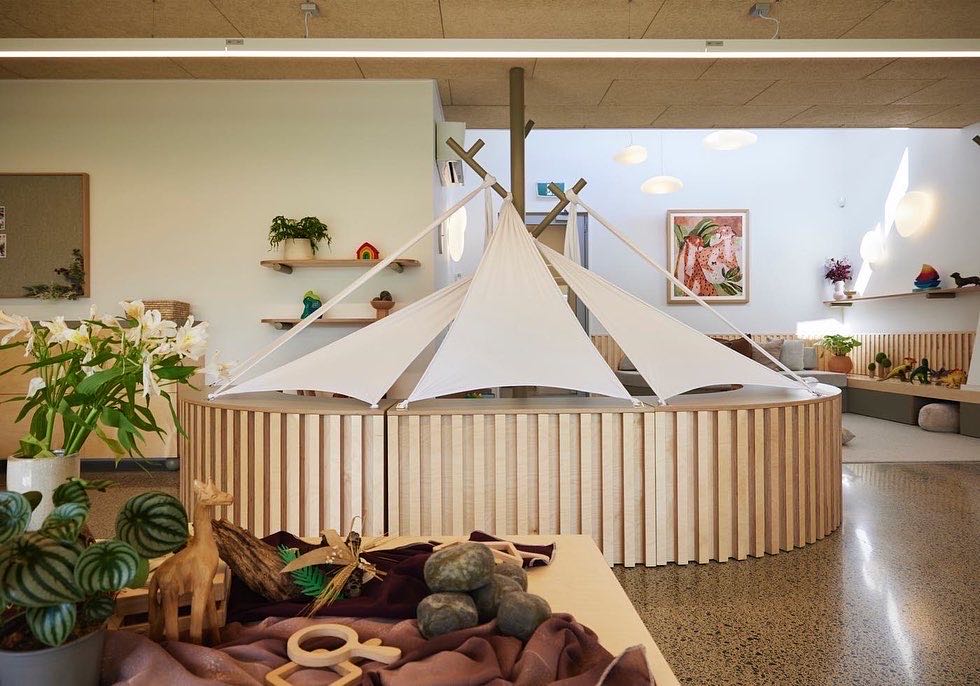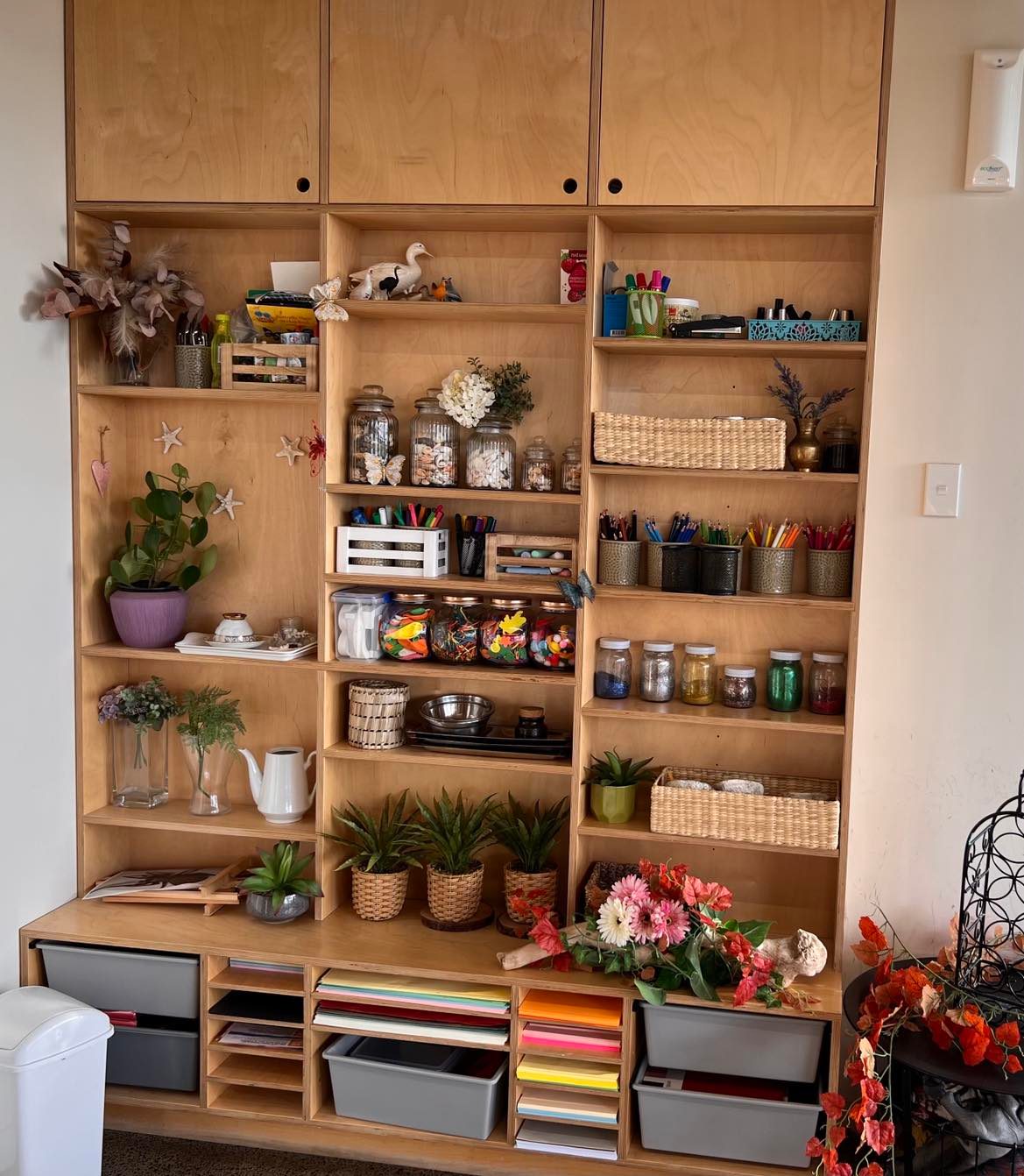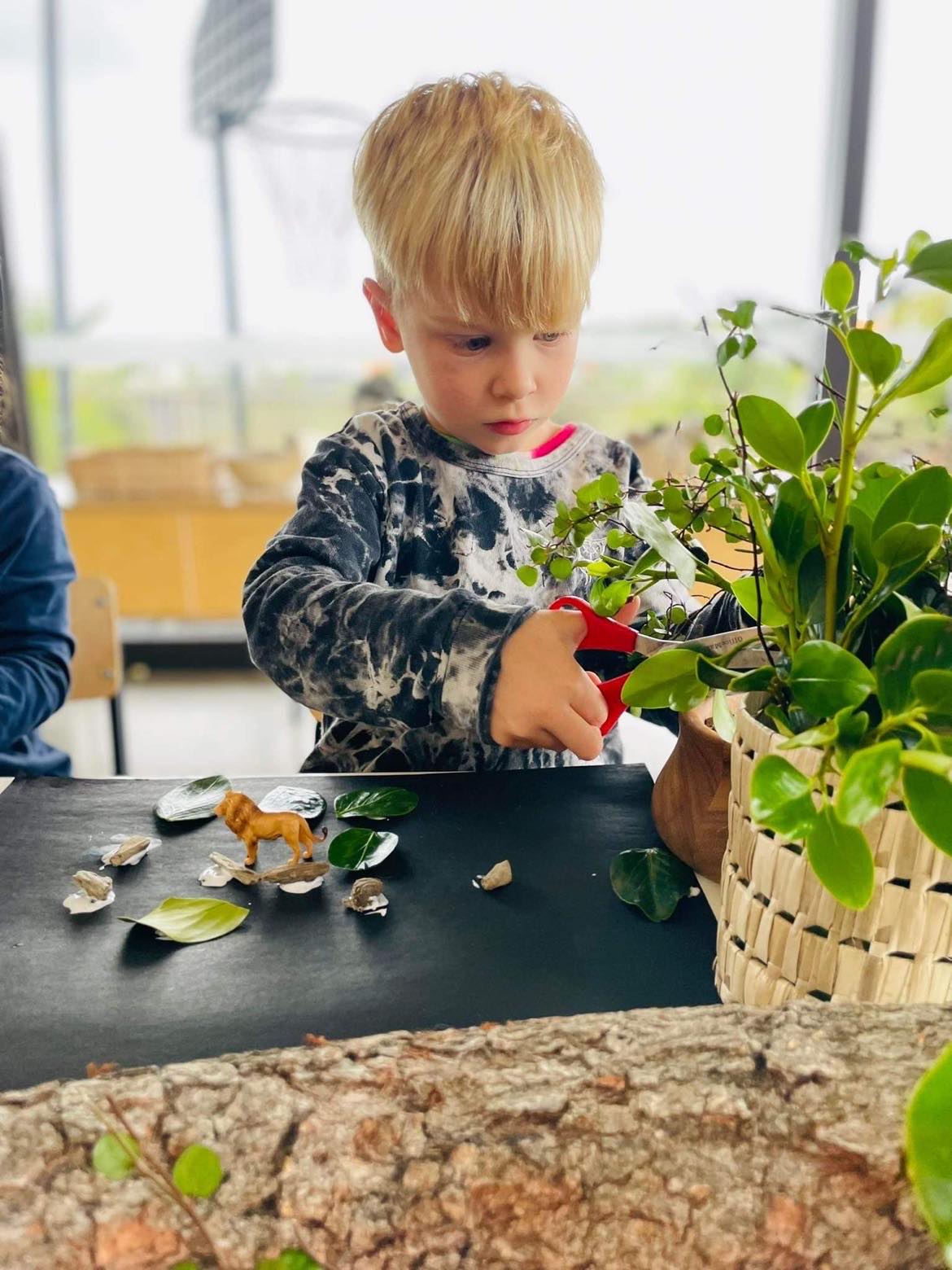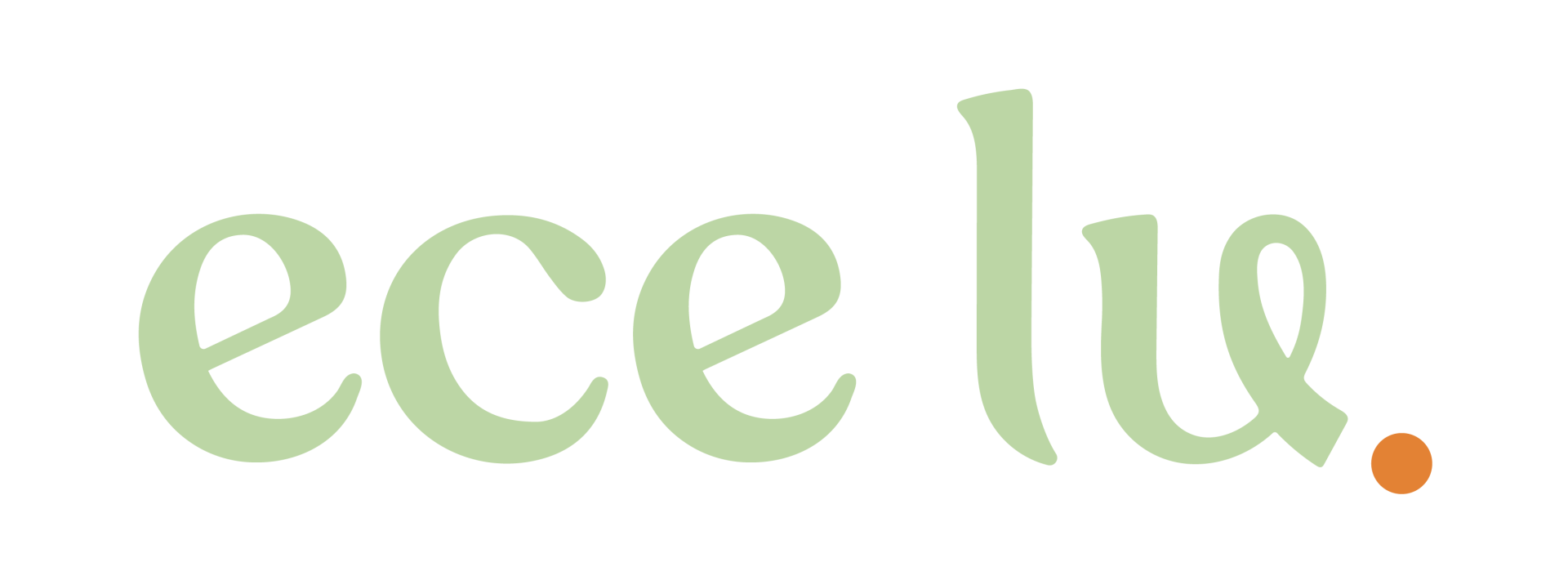
This excerpt from a Harry Potter novel by J.K. Rowling describes a Hogwarts classroom and sounds like a bit of a dream. Shouldn't all classrooms be in a setting that is an enchanting place, just waiting for children to engage?
The home center is either sparse and neglected with barely a plastic apple or is littered with mismatched plastic toys. Play clothes are often seen overflowing from a box, sometimes with a baby doll haphazardly tossed in. The kitchen cupboards are either bare or filled to the brim.
These types of classrooms are a thing of the past and must be put behind us as we nurture and offer the joy of learning to children in the 21st century. We need to be intentional and thoughtful as we design our environments. The rooms need to be curated with authentic materials.
I believe that one of the highest compliments any teacher can receive about his or her classroom is ”this doesn't look like a classroom at all”.
Designing enchanting places for children is not just about the look of the room, but also about the feelings or emotions of the space. The first place that our precious little ones inhabit outside their homes should offer not only a comfortable, safe place to nest, it should honor each child and wrap the young learner in a warm embrace while simultaneously igniting their senses with wonder and awe. That is what should be happening, but quite often it is not.
How do we achieve this when all around us, early childhood spaces seem to mimic drab, adult style classrooms with lifeless, hard plastic chairs that are too big or too small?
The home center is either sparse and neglected with barely a plastic apple or is littered with mismatched plastic toys. Play clothes are often seen overflowing from a box, sometimes with a baby doll haphazardly tossed in. The kitchen cupboards are either bare or filled to the brim.
- Have you ever noticed the kitchen sink or actually the lack of a sink in the space where one should be?
- Doesn’t this make you wonder what kind of message this example of “homeliving” is imprinting on our children?
The walls of classrooms are littered with lifeless, business style bulletin boards holding nothing at all or cluttered with outdated documents for adults posted as “parent boards”. Or it might be a chaotic duplication of children's artwork littering the cork board with each piece looking exactly the same, creeping up every available space and covering all of the wall.
These types of classrooms are a thing of the past and must be put behind us as we nurture and offer the joy of learning to children in the 21st century. We need to be intentional and thoughtful as we design our environments. The rooms need to be curated with authentic materials.
We must ask ourselves;
How will the classroom honor the child right now and empower them to think and act creatively by themselves instead of the battery powered, or lifeless, plastic toy doing all their thinking for them?
In order for classrooms to “not look like classrooms at all” we need to break the mold, and start fresh with a clear vision. It is time to revolutionize our space.
We can begin to do this by turning the space into a P. L. A. C.E.

Early childhood classrooms should be learning” studios “that are more than the sum of some smaller furniture with a certain number of blocks and toys placed about. These Places or “learning studios” should be intentional, inspiring spaces of beauty, be intellectually stimulating and provide avenues for social collaborations. These new versions of classrooms called studios, will allow children the agency to explore and discover as each child seeks and finds their own learning among the awe inspiring places created with their interests in mind.
P is for paint.
You can create a PLACE from a space by following these simple steps:
P. L. A. C. E
The acronym PLACE uses the letters to give direction as you design the environment.
P. L. A. C. E
The acronym PLACE uses the letters to give direction as you design the environment.
P is for paint.
L is for lighting and living things.
A is for authentic materials.
C is for curating, culture, community and connection.
E is for emotions. (Community, awe, retreat, empowerment) C.A.R.E.

P is for paint.
Clear the walls of everything, and paint the walls a natural, neutral color.
L is for lights. Shut the overhead lights off and add secondary lighting. Lamps, twinkle lights, rope lights, stick up undercounter lights, Lava lamps, lights that create shadows.
L is for Living things. Every space can benefit from a plant or animal. These things will help children to engage with the space as they care for and nurture them. Grow things.
Biophilic design has been proven to enrich the lives of the people who inhabit any space. Biophilic design is an architecture approach that seeks to connect people with nature either directly or indirectly.
- Direct engagement with live plants, animals, water, air, wood or stone enriches the interactions.
- Indirect engagement using imagery of plants, trees,animals and fish. Providing scenic pictures of water (the sea, a river or a lake, woods and fields. Choosing earth tone paint for the walls is a color that you might see outside the window.)

A is for authentic materials. This means, choose real things, remove all the plastic and any toys that do the thinking for the child. Choose real over pretend items for the children to play with.
C is for curate. Be intentional as you design the shelves and space. Create symmetry and beauty wherever you can.
C is for culture. Give space for the culture of childhood.
Give space for children to be children in the moment. Think of what is important in their world, such as birthdays, shoes, just the right size items, small things that empower children to feel big.
C is for community. Bring the local community into the space. You can do this with photos, books, and archives.
C is for connection. Weave in the feeling of connecting and belonging into every aspect of the child's day. Add photos of the children, add framed artwork. Create uniqueness of each child's cubby with their name and photo, to a family photo displayed, to the documentation and stories of each child showcased in the room.
E is for emotions. Design the room to create emotions through interactions.
The emotions that are important for children to experience are: C.A.R. E.
- Community: being part of something, the feeling of belonging.
- AWE: feeling of adventure or wonder created by novelty and the unknown.
- Refuge: place of sanctuary or security. Everyone needs a little down time to regroup. Incorporate a space to feel alone within the room.
- Empowerment: the feeling of power to make choices. Eliminate assigned seating, allow children to choose activities, move furniture, keep their block masterpiece up, hang their own art.

PLACE tells the story of the people who inhabit that space. This room will be a place of belonging, where children create their own space, where they feel that they can retreat if they need a moment alone. There should be a bit of home and family connection demonstrated in the room but seen and felt by anyone that connects with the space.
There should be a bit of magic, a sense that something wonderful is about to happen. This room is a place where learning not only happens, it is truly felt and woven into the very being of the children, as they embrace the joy of learning.
This is a room that ” doesn't look or feel like a classroom at all”, it’s so much more, it is an enchanted PLACE for childhood to thrive.

written by
Christine Burkholder
Christine Burkholder began her journey in the Early childhood field with a degree from Kent State University. She has been a Teacher, Director, District Manager and Entrepreneur in the Early Childhood setting.
Christine is a trainer, guest lecturer, has taught at the University level and she has co authored several articles and soon to be published book on environments. Recently she sold her business of 29 years where she was the founder and CEO of Kids Country Day Schools in Ohio, a group of Reggio Inspired Schools with six locations and over 1100 students.
Currently, she is the CEO of DEGI; Designing Environments for Growth and Inspiration for Early Childhood settings. She believes that offering the joy of learning in everyday moments to children through creating magical environments is the greatest way to honor children.
